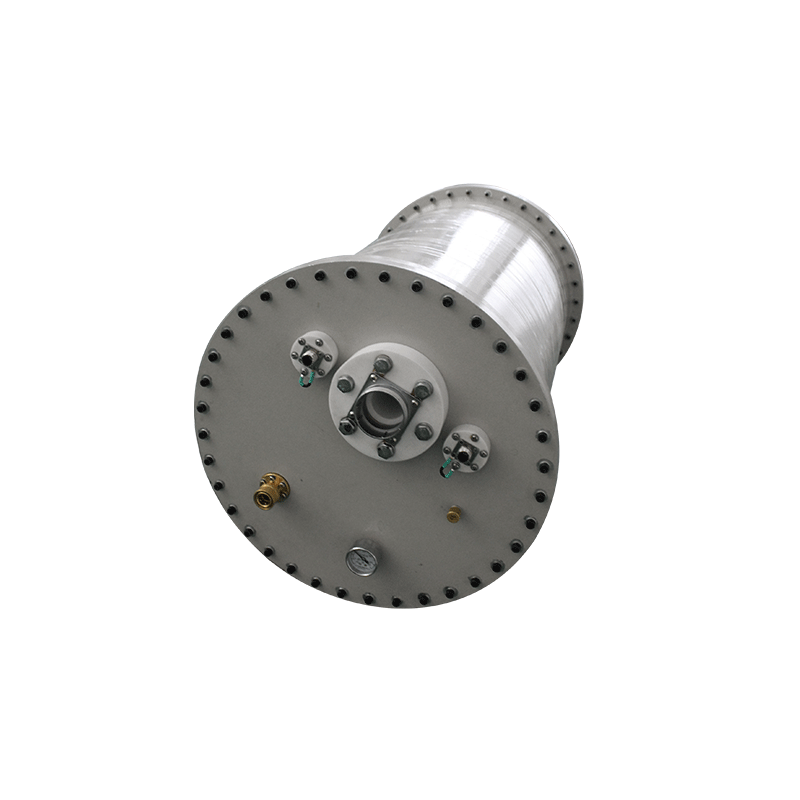The Role and Principle of High-Voltage Power Supply in Waste Gas Treatment
High-voltage power supply technology is playing an increasingly important role in waste gas treatment. It utilizes the physical properties of high-intensity electric fields to ionize and excite pollutants in waste gas, thereby purifying the gas.
The working principle of high-voltage power supply is: First, it can generate extremely high voltage (over 100,000 volts) DC or AC high voltage. Then, using electrodes and other devices, a high-intensity and uniform electric field is formed in the gas medium. When the waste gas passes through this electric field, gas molecules are ionized to generate free electrons, positive ions and other charge carriers. These carriers collide and further ionize more gas molecules under the effect of the electric field. Meanwhile, gas molecules also get excited and transition to higher energy levels.
With the combined effect of these physical processes, harmful components in the polluted gas undergo chemical reactions and transform into harmless or easier to handle compounds. For example, corona discharge can convert nitrogen oxides into nitrogen and oxygen. Sulfides in flue gas get oxidized to non-toxic sulfates. Organic pollutants also degrade through oxidation when excited and ionized. Therefore, high-voltage power supply is an effective gas purification technology.
Currently, high-voltage power supply technology is applied in industrial waste gas, vehicle exhaust gas, domestic polluted gas etc., in combination with other technologies, playing an important role in improving air quality. With technological advancement, conversion efficiency and service life of high-voltage power supply equipment also keeps improving, expanding its application scope.
It is believed that with the increase in environmental awareness, high-voltage power supply technology will play an even greater role, providing us with a fresher and more livable environment.




















